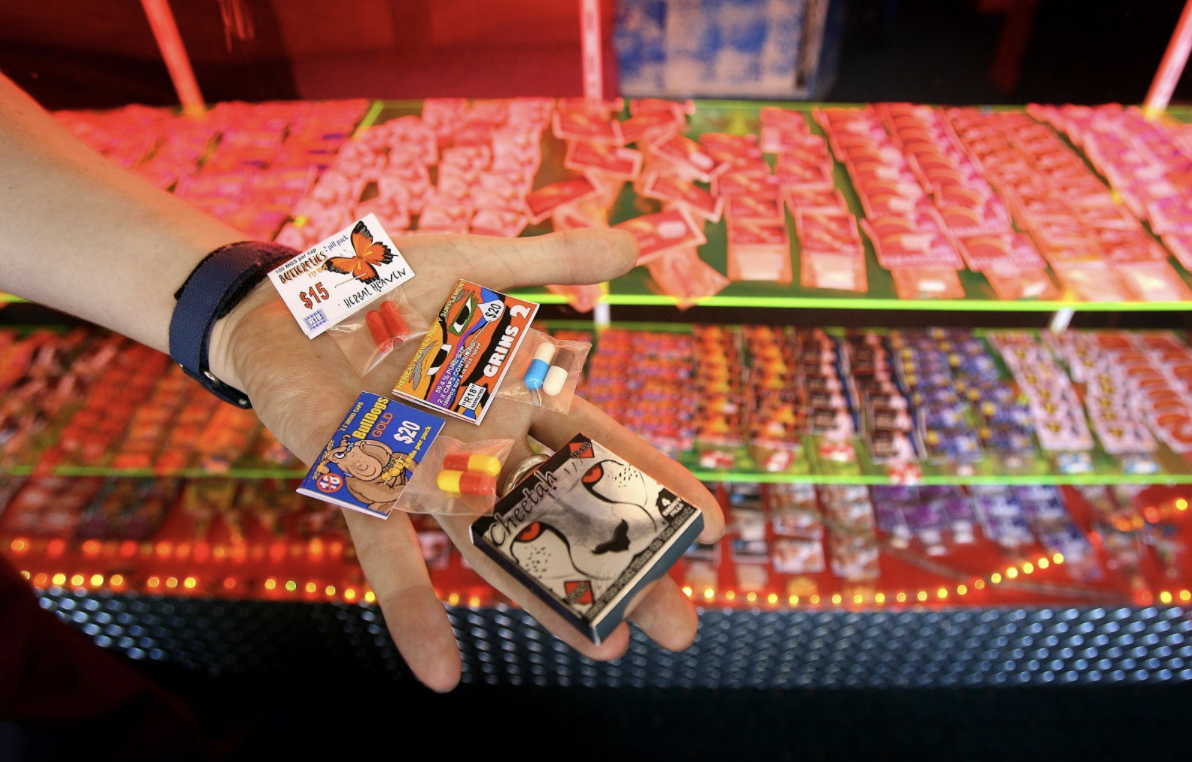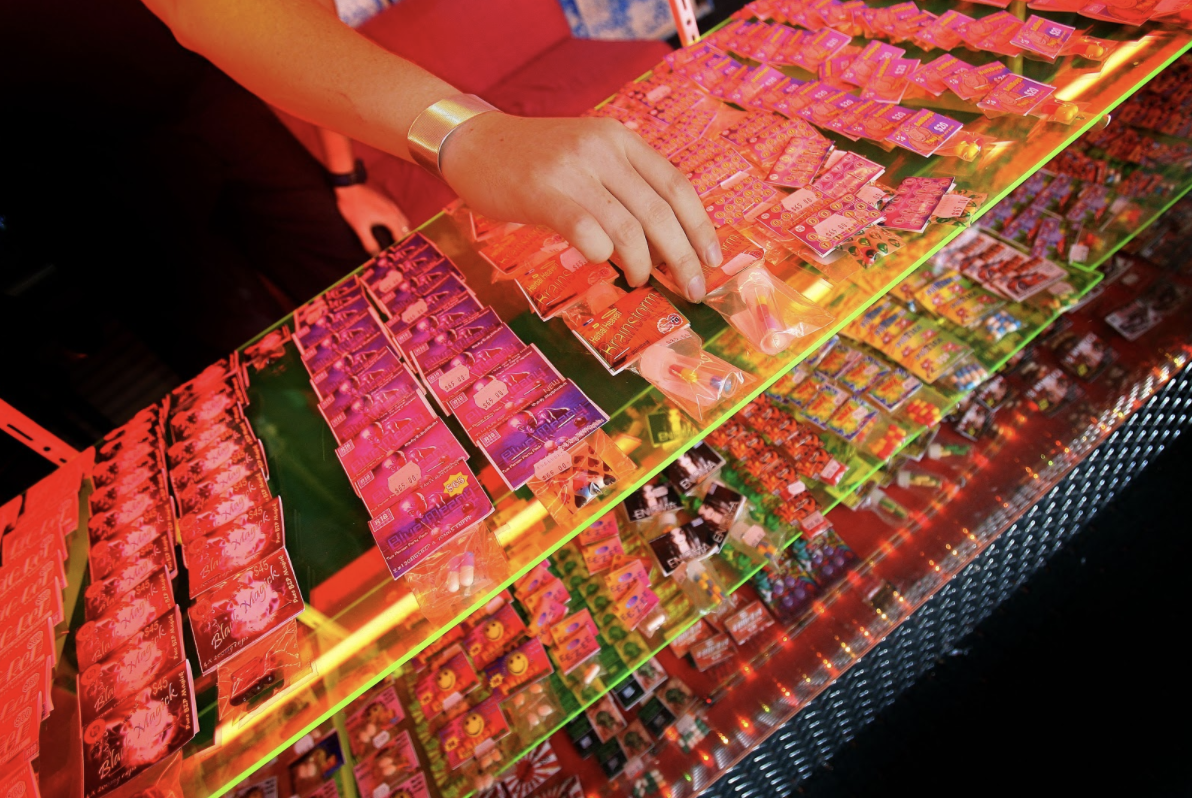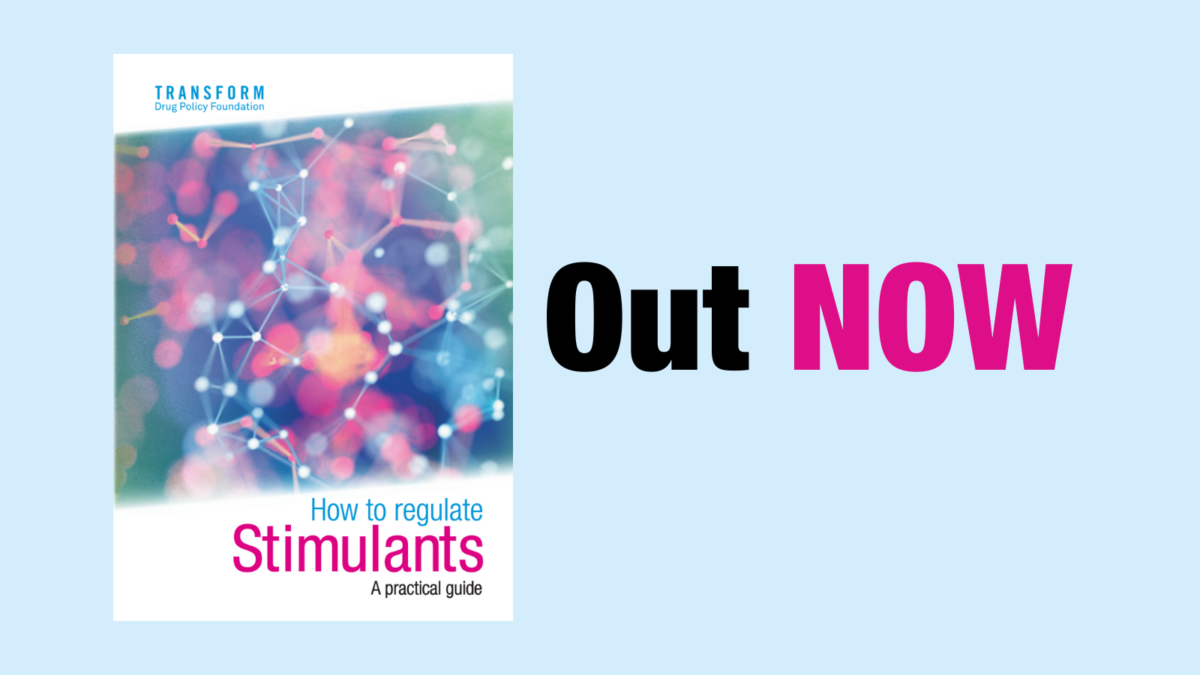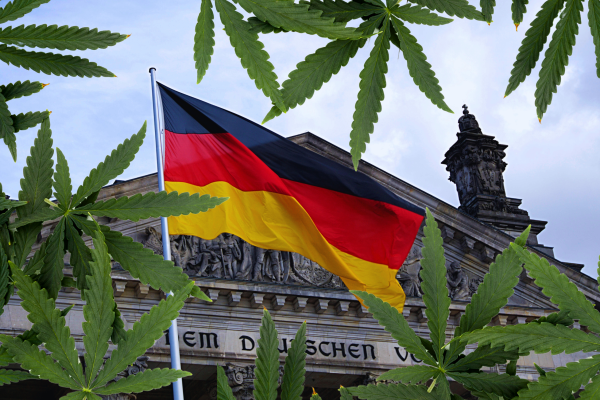30th October 2020
Legally regulated sales of stimulant drugs is a groundbreaking idea — except, of course, that it’s been done before. In our new book, How to regulate stimulants: a practical guide, we discuss how New Zealand became the first country in the world to formally (albeit briefly) regulate a synthetic pharmaceutical stimulant for non-medical use: Benzylpiperazine or ‘BZP’.
BZP was one of a new wave of novel psychoactive substances (NPS) that came to prominence in the early to mid-2000s, not yet prohibited by domestic or international laws, mis-sold as a ‘dietary supplement’ to escape legal controls. It was widely sold from alcohol retailers, service stations and convenience stores, with little or no restrictions on advertising or age of purchase requirements. Between 2002 and 2006, approximately 20 million BZP pills were sold in New Zealand.

BZP was widely marketed to young people as a ‘legal high’ party drug with similar effects to ecstasy — although, in reality, its effects were closer to those of amphetamine. Often combined with the closely related drug TFMPP, BZP was sold in pill form under ‘enticing brand names such as “Frenzy”, “Rapture” and “Charge”’. BZP is largely self-regulating in its effects, with many people reporting unpleasant side effects at higher doses or when using too frequently, discouraging overuse. Compared to other stimulant drugs, the adverse effects of BZP were relatively limited, and largely related to circumstantial factors including mis-dosing and the use of other drugs alongside it.
Despite this lower level of risk, it was clear that the absence of formal regulation for BZP was not sustainable. In 2004, the New Zealand Government’s Expert Advisory Committee on Drugs (EACD) reviewed BZP, concluding that it was low risk; there had been no deaths linked to BZP, and it had low potential for dependency.
‘However, being unregulated at this time, they [BZP and TFMPP] are being promoted within the free market, which has the generation of profit as the driving force’ - EACD
Following this report, the New Zealand Government amended existing drugs legislation to establish a ‘Class D’ drug classification, under which the sale of drugs could be regulated under specified conditions. BZP was placed in ‘Class D’ and subject to these legal requirements, which included:
- Age of purchaser controls (no sale to persons under 18)
- Controls on where the drug could be sold (e.g. not near schools)
- Controls over dosage, strength and quantity
- Restrictions on advertising
- Packaging and labelling requirements
- Requirements on health information to be given at the point of sale
Individuals manufacturing or selling BZP were required to guarantee the dosage, quality and contents of the product, keep records of tests, and demonstrate the ability to recall products if required. Promotion was prohibited and punishable with up to $10,000 in fines. Individuals convicted twice of an offence under the Act could be barred from involvement in the industry.
Unfortunately, the regulations were inadequate in key areas: no requirements were made for individuals to be trained or licensed before they could sell the product (an integral requirement of Transform’s drug regulation proposals), and BZP continued to be widely available in a range of outlets ill-equipped to provide important health information about the product. The existing regulations were also poorly enforced. Advertising remained commonplace on billboards, fliers and websites, and many products available were in breach of dosage requirements, with little regulatory response.

Rather than suggesting to amend the regulations and increase capacity to enforce them, New Zealand’s Expert Advisory Committee responded to these concerns by recommending the reclassification of BZP. The pragmatism that had underpinned the initial regulation of BZP was supplanted by a retreat into prohibition: politicians spoke of the dangers of a ‘gateway effect’, despite little evidence to suggest this, and complained that BZP was too readily available to young people, despite the fact that even poorly enforced age controls had reduced the number of young people using BZP. BZP was reclassified, and its sale and production prohibited, in 2008.
It has been argued that the prohibition of BZP led directly to an increased street price and reduced availability. However, it is not clear whether reductions in use were primarily down to prohibition of supply or a collapse in demand, as many consumers simply pivoted back to using other stimulant drugs like ecstasy and amphetamines. There is evidence that the attraction of BZP was primarily due to its legal status relative to these alternatives, rather than because its effects were preferred.
Much can be learned from experiences with BZP. They provide an important example of how legal regulation of a synthetic stimulant can reduce some risks, and does not inevitably lead to disaster — even when inadequately implemented. People may rationally choose a legally regulated drug over a riskier unregulated one, even though the effects are less desirable, highlighting the power of regulation to encourage safer consumption behaviours. However, experiences also show how, to be effective, regulation must be both well designed and adequately enforced. It must be constantly monitored and evaluated, and improved where issues are identified. BZP regulation, in contrast, was found wanting.
Author: Harvey Slade, Research & Policy Officer
This is an edited extract from How to regulate stimulants: a practical guide, available in print or free ebook download on our website





